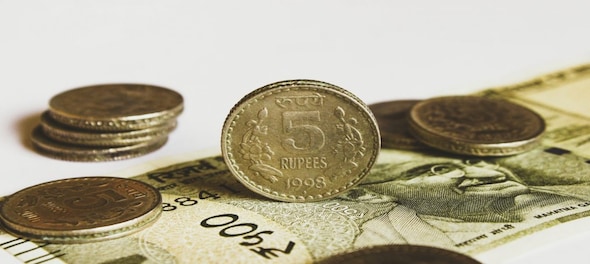
Authored by Sahil Arora
Live TV
Loading...
Investing in riskier instruments is not prudent for a short-term investment horizon of up to 3 years, given that such instruments get very little time to recover from market volatilities and corrections. Hence, when it comes to investing for short-term financial goals, greater emphasis has to be laid on capital protection than on earning higher returns.
Here are 5 fixed income instruments offering the maximum level of capital protection with negligible risk for your short term financial goals:
Bank Fixed Deposit (FD)
Bank FDs offer a high degree of income and capital protection. The depositor continues to earn interest as per the booked rates irrespective of the changes in the FD rates during the FD tenure. Fixed deposits opened with scheduled banks are also covered under the deposit insurance program from the DICGC, an RBI subsidiary, in case of a bank failure.
This insurance cover is available on cumulative deposits (including fixed, savings, current and recurring deposits) of up to Rs 5 lakh per depositor of each scheduled bank. If you have deposit accounts in multiple scheduled banks, the Rs 5 lakh cover would apply separately to the deposits in each of those banks.
Currently, the highest FD rates offered by small finance banks and some private banks range between 7-8.25 percent., which is nearly 200-250 basis points higher than the highest FD rates offered by PSU and large private sector banks.
Most bank FDs also come with a premature withdrawal penalty of up to 1 percent on closing the FDs before the maturity date. This penalty is reduced from the effective rate of interest, which is usually the lower of the contracted rate or original rate for the period for which the FD has been in effect.
Recurring Deposit (RD)
Recurring Deposits (RDs) are just a variant of bank FDs where the depositor has to deposit a fixed amount over a predetermined period every month. Most of the banks offer similar rates of interest on RDs as on their FDs for the same tenure. Regular monthly deposits help in imbibing financial discipline and help in creating financial corpuses over a period of time. However, note that banks penalize those who deposit their monthly installments late. Banks also allow premature withdrawals in lieu of a premature withdrawal penalty.
Company/Corporate Fixed Deposit
Company/Corporate FDs are issued by NBFCs, HFCs and various other financial institutions. The interest rates of corporate FDs are generally higher than the bank FDs and remain fixed throughout the booked tenure.
However, they carry a higher risk than the bank FDs as they are not covered by any deposit insurance program available in FDs opened with scheduled banks. Hence, those with lower risk appetite should prefer corporate FDs offered by companies having AAA ratings. Note that the interest income earned from Corporate FDs is taxed as per the tax slab of the depositor.
Short Term Debt Funds
Short term debt funds come with maturity profiles of up to 3 years. This includes short duration, ultra-short duration, low duration, liquid and overnight funds. Owing to their shorter maturity profile, they are less vulnerable to interest rate risk. This leads them to offer higher capital protection than debt funds with longer maturity profiles.
Being market-linked investment vehicles, liquid and overnight funds have the potential to generate higher returns than savings accounts whereas ultra-short, short and low duration debt funds hold the potential of generating higher returns than FDs of similar tenure. To ensure a higher level of capital protection, investors should prefer short term debt funds having the highest exposure to AAA-rated bonds and sovereign debt instruments.
These funds are also more tax-efficient than FDs and RDS for those in the higher tax slabs with investment horizons of more than 3 years. Gains booked from redeeming investments booked after 3 years are considered as long term capital gains and are taxed at 20 percent with indexation benefits. The returns booked on redeeming debt fund investments within 3 years of investment are referred to as short-term capital gains and taxed as per the tax slab of the investor.
High Yield Savings Account
Savings accounts are usually associated with parking short term surpluses before routing them for expenses or investments. Most banks offer very low-interest rates on their savings account, usually in the range of 2.7 percent to 4 percent.
However, a few private banks and small finance banks offer higher savings interest rates of up to 7.5 percent on their savings accounts depending on the account balance. Additionally, interest income of up to Rs 10,000 earned aggregate savings accounts balance is tax-free as per Section 80TTA, beyond which they are taxed as per the tax slab of the depositor.
Sahil Arora is Director at Paisabazaar.com. Views are personal
Check out our in-depth Market Coverage, Business News & get real-time Stock Market Updates on CNBC-TV18. Also, Watch our channels CNBC-TV18, CNBC Awaaz and CNBC Bajar Live on-the-go!


Telangana CM violated poll code, defer Rythu Bharosa payment, says Election Commission
May 7, 2024 9:01 PM
Lok Sabha Election 2024: How Indian political parties are leveraging AI
May 7, 2024 6:59 PM

